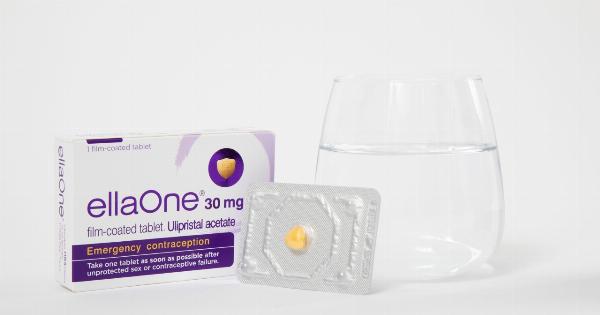Pregnancy is a unique and magical journey that many couples desire to experience. However, it is not that easy to conceive, and couples often struggle to get pregnant.
It is essential to understand that the chances of getting pregnant are very low on most days of the menstrual cycle. The good news is that you can increase your chances by knowing your fertile days and planning accordingly. In this article, we will explain everything you need to know about fertile day calculation and how to plan your pregnancy effectively.
What are Fertile Days?
Fertile days refer to the days in the menstrual cycle when a woman can get pregnant. It is the time when the ovary releases an egg (ovulation), and sperm can fertilize it.
The fertile days usually occur in the middle of the menstrual cycle, approximately 14 days before the next period is due. However, the exact time may vary from woman to woman and can be affected by various factors such as stress, illness, medication, and lifestyle.
How to Calculate Fertile Days?
There are various methods to calculate fertile days, and couples can choose the one that works best for them. Here are the most common ones:.
1. Calendar Method
The calendar method involves tracking the menstrual cycle for several months and calculating the fertile days based on the average length of the cycle.
To use this method, you need to determine the first day of your last period and count the number of days in your menstrual cycle (from the first day of one period to the first day of the next). Subtract 14 days from the total number of days in your cycle to determine your approximate ovulation day, which is the start of the fertile window. For example, if your cycle is 28 days long, your ovulation day is around day 14.
Your fertile window is considered to be the five days before and the day of ovulation, as sperm can survive in the female body for up to five days.
2. Basal Body Temperature Method
The basal body temperature method involves measuring the body’s resting temperature (basal temperature) every morning before getting out of bed.
The temperature rises slightly after ovulation due to the increase in progesterone, which prepares the uterus for pregnancy. To use this method, you need to measure your temperature every day for several months and record the values on a chart.
When you notice a sustained temperature rise of at least 0.4 degrees Fahrenheit (0.2 degrees Celsius) for at least three consecutive days, you can assume that ovulation has occurred, and your fertile window has started.
3. Cervical Mucus Method
The cervical mucus method involves observing changes in the cervical mucus throughout the menstrual cycle. The mucus becomes thin, clear, and stretchy around ovulation, making it easier for sperm to reach the egg.
To use this method, you need to check your cervical mucus every day and record its characteristics on a chart. When you notice the mucus becoming thin, clear, and stretchy, you can assume that ovulation is approaching, and your fertile window is about to start.
4. Ovulation Prediction Kits
Ovulation prediction kits, also known as ovulation tests, are devices that detect the luteinizing hormone (LH) surge in the urine. LH is a hormone that triggers ovulation and is usually present in higher amounts around ovulation.
To use this method, you need to start testing your urine a few days before the expected ovulation day and continue until you get a positive result. The positive result indicates that ovulation is likely to occur within the next 12-36 hours, and your fertile window has started.
How to Maximize the Chances of Getting Pregnant?
Knowing your fertile days is the first step towards planning your pregnancy. Here are some tips to maximize your chances of getting pregnant:.
1. Have Regular Sex
The key to getting pregnant is to have regular sex during the fertile window. Aim to have sex every other day or every day during the fertile days to increase the chances of sperm meeting the egg.
2. Maintain a Healthy Lifestyle
A healthy lifestyle can improve your overall health and increase your fertility. Eat a balanced diet, exercise regularly, get enough sleep, and avoid smoking, alcohol, and drugs.
3. Manage Stress
Stress can interfere with ovulation and reduce the chances of getting pregnant. Practice stress-management techniques such as yoga, meditation, or relaxation exercises.
4. Consult a Doctor
If you have been trying to get pregnant for more than a year without success, it is recommended to consult a doctor. They can perform tests to identify any potential issues and provide advice on fertility treatments.
In conclusion, planning your pregnancy based on fertile day calculation can significantly increase your chances of conceiving.
By knowing your fertile days and following the tips mentioned above, you can maximize your odds of getting pregnant and start your journey towards parenthood.




























